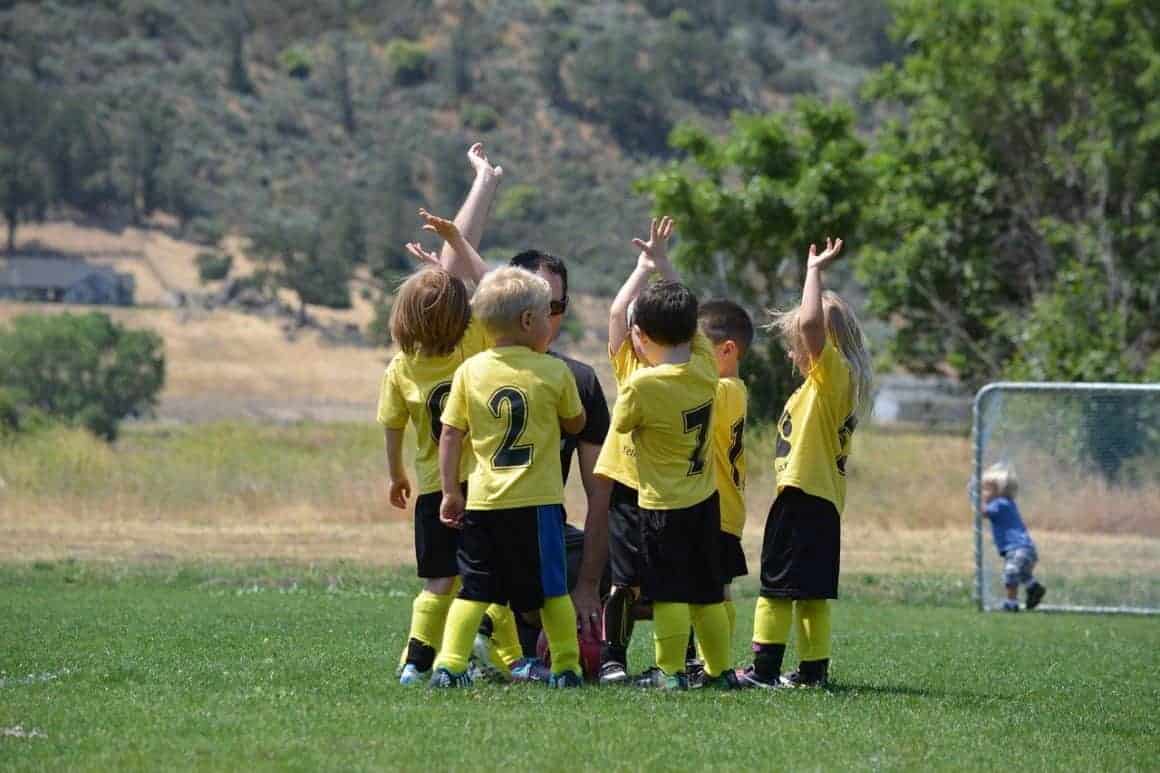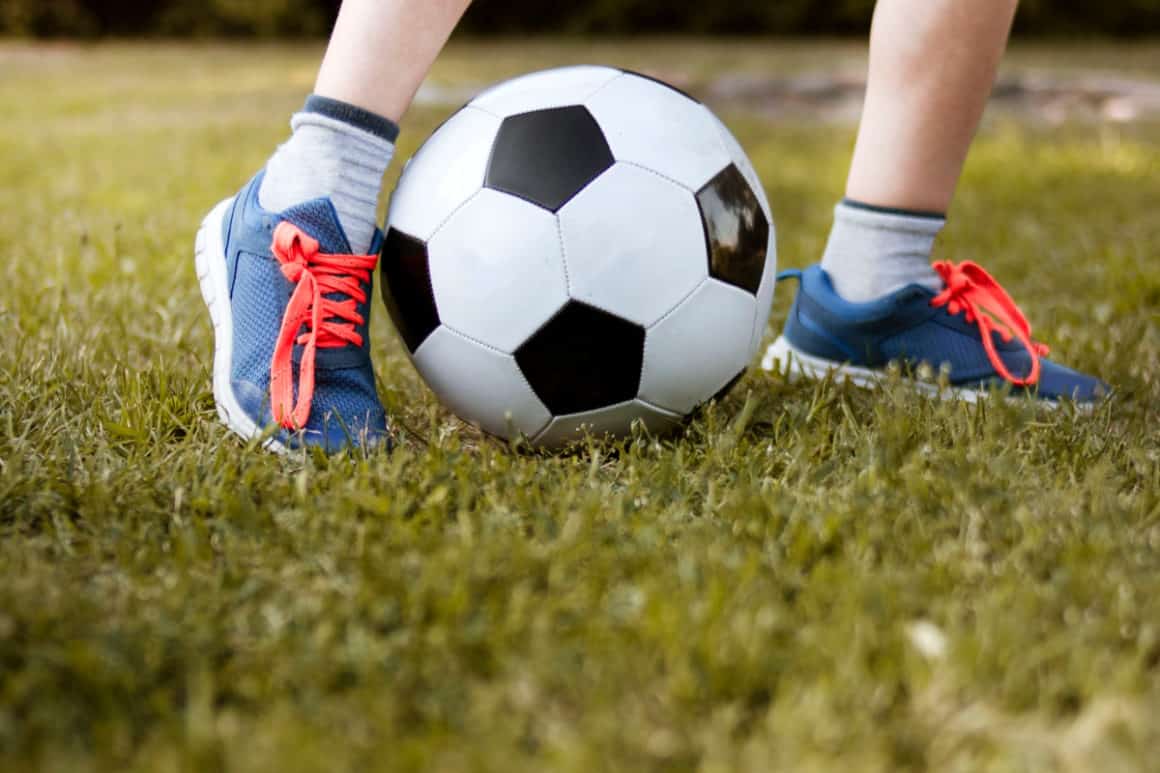Sports can be a valuable resource and experience for children. When kids play sports, they learn important lessons about rules, teamwork, and the reward that comes with hard work and practice. They also receive leadership opportunities, social interaction, and fitness lessons that can stay with them for their entire lives.

But with all of the benefits that come with playing sports, sports also carry the risk of burnout. Children who are pressured into busy sports schedules, or those who feel the constant pressure to win, may start to resent sports and, potentially, other forms of physical activity that keep them healthy. As a parent, you’ll play an important role in helping your children to enjoy team activities without sports burnout.
Understanding Burnout
While physical activity can help to relieve stress, students — particularly high school students — are often under a large amount of pressure, and school sports can add to that stress to succeed. Student-athletes especially can start to experience burnout when they’re only nine or 10 years old, and 30 per cent of students who quit school sports reported that their decision was prompted by the negative actions of their coaches or parents. When coaches overwork student-athletes or parents put excess pressure on their children to succeed, it can contribute to this burnout.
Burnout occurs frequently and in many areas of life, for all age demographics. As a parent, you may already be familiar with burnout, especially if you own or work in a small business setting where the pressure to succeed and tensions can be high. When children in particular experience burnout, they may be physically and emotionally exhausted, and they can feel frustrated or uncertain about their talents and abilities.
The symptoms of burnout are fairly easy to recognize if you know how to look for them. Children who are experiencing burnout may experience anxiety, depression, anger, and overall fatigue. They may suffer from insomnia and can exhibit a reduced appetite. Burned-out children may also have difficulty concentrating, may complain of physical issues like headaches, and can even get sick more often because they’re not getting enough sleep or receiving proper nutrition. All of this can lead to a drop in grades, lashing out emotionally, acting distant, and so on.
Burnout can affect any child, but there are many ways you can help to reduce the chances of your child suffering from sports burnout, specifically.
Focus on the Fun

At their very root, sports are fun. They’re games, and children take up sports because they want to have fun. But sometimes that fun can get lost when you put too much pressure on your child. Finding ways to focus on the fun of sports rather than the winning of games can help to prevent burnout.
When you talk about sports with your child, instead of focusing on winning or being the best, praise your child for other things. Reward their effort and teamwork and stay upbeat about every game, even when your child’s team loses. Show excitement for the sport and encourage your child to have fun, rather than focusing on the importance of winning.
If your child isn’t enjoying the sport and isn’t having fun, honour that and give your child the chance to try another sport. Some children just don’t “click” with every sport, or any sport at all, and that’s okay. Chances are, there’s a sport or other physical activity out there that’s a better fit for your child.
Change Practices Up

Because of the repetitive nature behind learning new skills and building strength and endurance, it’s easy for sports practices and drills at home to become boring, which can contribute to burnout. Help your child change things up to stay engaged during practices and training.
If you coach your child’s sports team focus on making each practice a little bit different. Some elements, like warm-ups and stretches, will naturally carry over from practice to practice, but there’s plenty of opportunities to make each practice unique and exciting. Introduce new age-appropriate drills and exercises, for example. For younger players, set up mock games to help them learn the rules and how a game flows. Encourage players to explore cross-training in other activities, like running or swimming, that would be beneficial to them. Take your team to the gym for a few practices to help them learn specific skills and exercises that can build strength and agility.
When your child’s at home, help to make their training engaging, too. Invite friends over so they have people to train with or get involved as a whole family to make training fun and less like a chore.
Carefully Consider Each Sports Team

You can add variety to your child’s sports life by encouraging your child to try out for new sports teams. Playing different teams can help children to learn different skills, meet and interact with other children, and ultimately decide for themselves which sports they most enjoy.
However, be careful about overwhelming your child with too many sports. Consider the practice and game schedule of each team and set some guidelines for your child about how many sports they can play each year. Look for sports that give your child plenty of downtimes, rather than consuming every afternoon after school as well as every weekend. The key here is a balance: your child needs to be able to play sports while still having time for other activities like homework and spending time with friends and family.
Your child can successfully play sports without experiencing burnout, but you’ll need to carefully monitor them to ensure that he or she is enjoying and finding a balance between the sports and the rest of his or her life. With attentive parenting and listening to what your child has to say, listening to how they feel and honouring those feelings while also pushing them to try new things, you’ll show them that sports are a fun and lifelong thing to enjoy!

